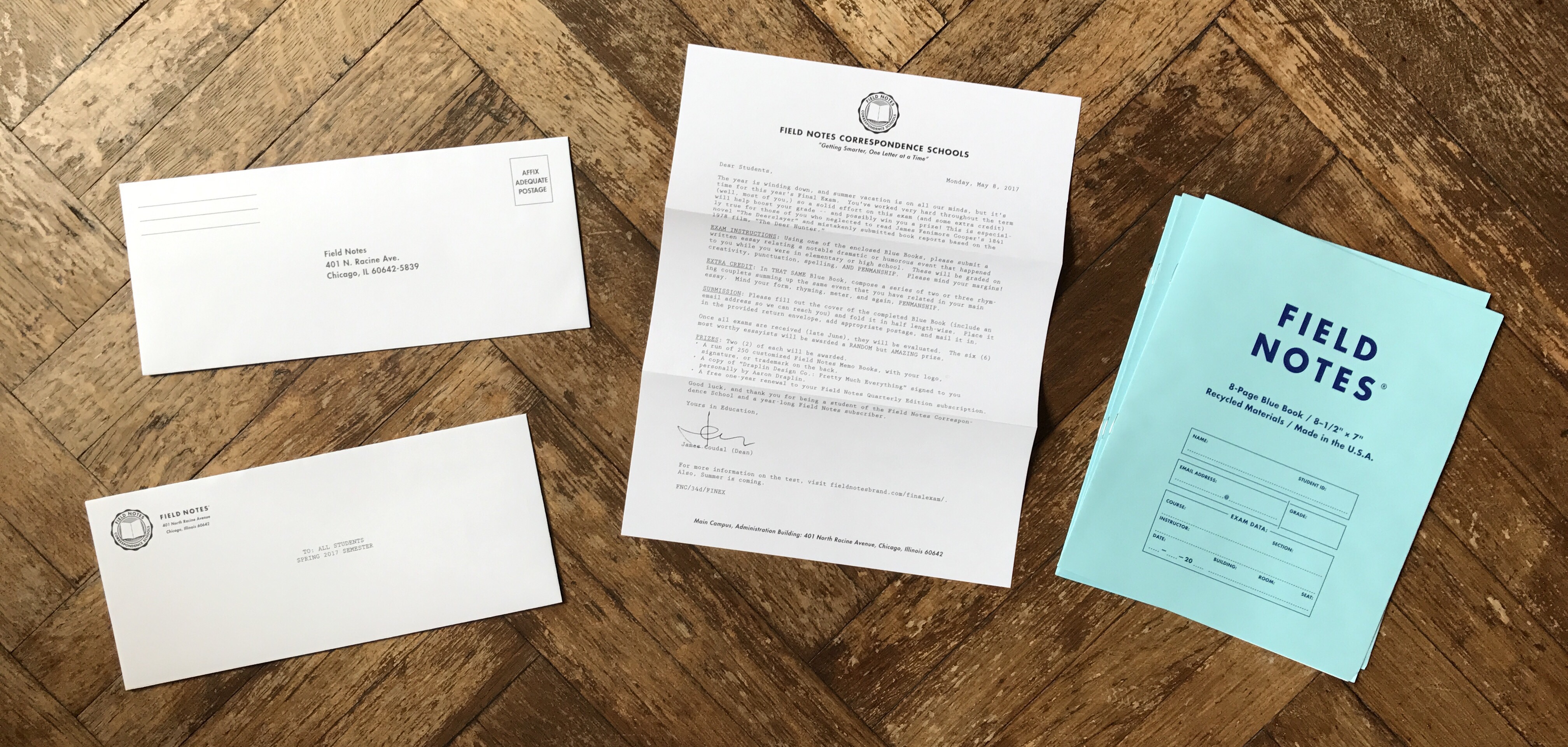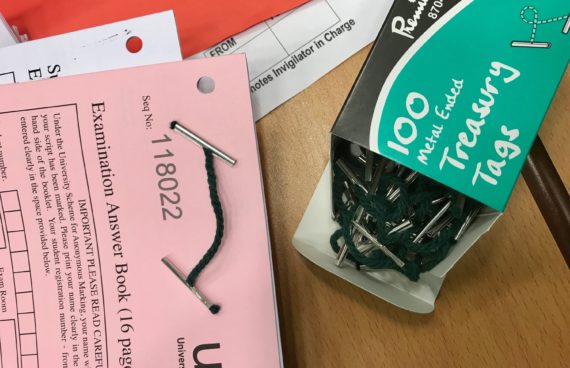Staedtler’s Mars 501 180 – the Wopex sharpener
Welcome to a slightly delayed blog post. The video for this blog post was put on YouTube quite a while ago, in February, but the blog post is only out now as a busy period at work meant that I didn’t get round looking for my protractor earlier. [1] …because I switched to using a protractor when measuring angles I want to stick with this method so that all pencil points are measured the same way.
The Wopex
Unfortunately there’s a lot of Wopex hate going on in some parts of social media where people discuss pencils – and there are very few people defending the Wopex [2]…with Johnny being the most determined defender in the Erasable group on Facebook. Thank you for that.. Luckily the Wopex can convince in the long term: I was very happy to read Deirdre’s blog post where she turned from a Wopex hater (‘I HATE WOPEX’) to someone not only tolerating the Wopex, but even accepting it and it’s advantages (Some quotes: ‘graphite […] actually isn’t that bad’, ‘point retention is great’, ‘if you are writing on toothy [3]As expressed previously, for various reasons I am not keen on the expression ‘toothy paper’, but since this is a direct quote it will be one of the few occasions you can find this word in … Continue reading paper, the WOPEX really shines’).
Suffice to say [4]Yes, I learned that expression when I watched the English version of Star Trek Voyager., I love the Wopex.
Just a quick reminder: Unlike normal wood cased pencils the Wopex uses a wood-plastic-composite instead of wood. The wood-plastic-composite consists mainly of wood and is, in my opinion, orders of magnitude better than pencils that use plastic instead of wood. Not only does the Wopex sharpen better, the lead – extruded together with the pencil – is also of much better quality, too.

In the vial above you can see how the material looks like before it is extruded into a pencil. I got this vial at the Insights X trade fair. The pellets remind me of a company I worked for during my holidays in the 1990s. They were manufacturing extruded pipes and had similar looking pellets. The recycled pellets smelled very much like washing powder. As far as I remember extruding from recycled material was not easy, the material kept expanding in the wrong place resulting in uneven products. Unrelated – but there must be so much knowledge going into the production of a product like the Wopex…

The Staedtler 501 180
I first mentioned the 501 180 in a blog post from 2014, but a few months ago I finally got my hands on one – they are not very common and not easy to come by in the UK. The article number has gives some clues to this sharpener’s purpose: Wopex pencils have article numbers starting with 180 (e.g. 180 40). Staedtler has now switched to using the word Wopex to describe the wood-plastic-composite material, and is not using Wopex anymore to describe pencils made from this material, but independent of how the name Wopex is used, the pencils made from Wopex material still use article numbers starting with 180 (e.g. 180 30 for the new Noris eco).
Article numbers for Staedtler’s rotary (i.e. hand crank) sharpener start with 501 (e.g. the Mars 501 20 rotary sharpener) so 501 180 is the perfect [5]I try to avoid using the word perfect, but in this case it is justified, I think. article number for this sharpener, 501 for a rotary sharpener and 180 for Wopex. The 501 180 was designed by Helmut Hufnagl and is made in Taiwan.

The Video
Here’s a video where I compare the 501 180 to two other rotary sharpeners.
Clipping the pencils’ points off at about 7:30 really hurt and felt rather wasteful, but wasting so much good pencil when the auto stop of the other two sharpeners didn’t work was of course even more wasteful (…even though it didn’t hurt so much, maybe because the machine did the crippling of the pencils).

Tip: Open the video in YouTube, you can then play it at higher speeds, e.g. 1.5x.
Here’s a little table comparing the different points created by the three different sharpeners.
| Sharpener: | Deli 0635 | Staedtler 501 180 | Deli 0620 |
|---|---|---|---|
| Angle: | 17° | 19° | 17° |
..and here are the different points made by the different sharpeners.

The Auto Stop
There is just so much less material wasted when the auto stop works. If you don’t have the 501 180 and your sharpener’s auto stop doesn’t work, have a look at the end of the video where I show a way of dealing with this problem. I am mentioning this simple trick here because my simplest videos seem most appreciated (e.g. how to refill a mechanical pencil), while my complex videos (e.g. the DelGuard pen force test) remain rather unloved.

I have added the Wopex Mars 501 180 to the list of sharpeners, sorted by angle.
Many thanks to Benedikt Schindler for his help in getting the 501 180 to me in the UK.
References
| ↑1 | …because I switched to using a protractor when measuring angles I want to stick with this method so that all pencil points are measured the same way. |
|---|---|
| ↑2 | …with Johnny being the most determined defender in the Erasable group on Facebook. Thank you for that. |
| ↑3 | As expressed previously, for various reasons I am not keen on the expression ‘toothy paper’, but since this is a direct quote it will be one of the few occasions you can find this word in this blog |
| ↑4 | Yes, I learned that expression when I watched the English version of Star Trek Voyager. |
| ↑5 | I try to avoid using the word perfect, but in this case it is justified, I think. |
Staedtler’s Mars 501 180 – the Wopex sharpener Read More »















